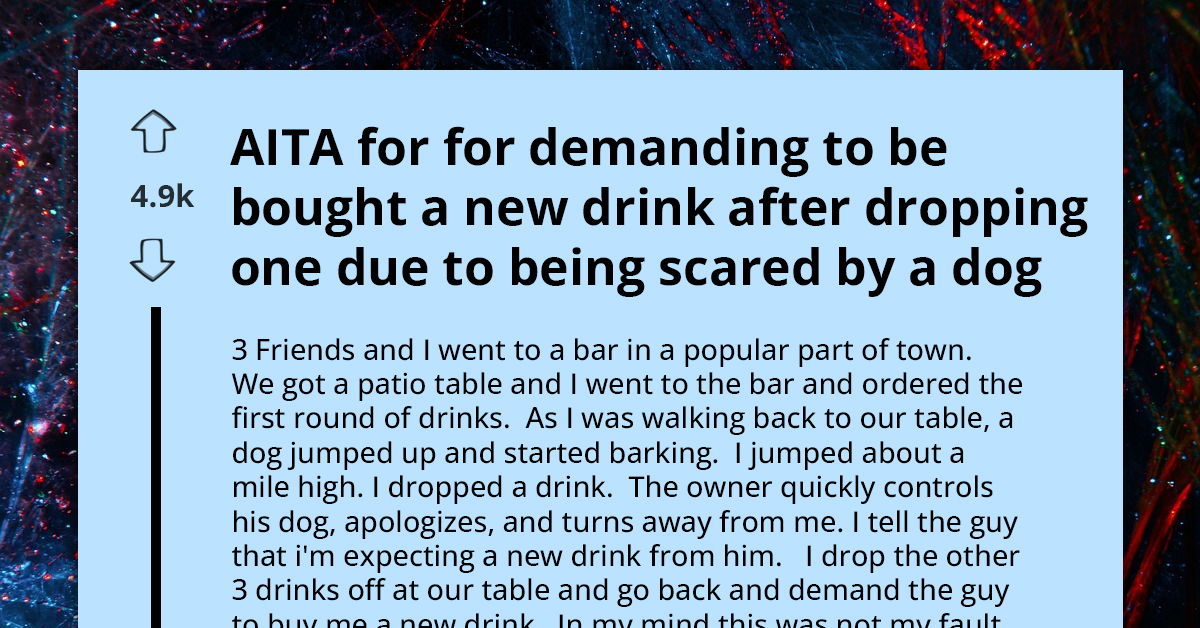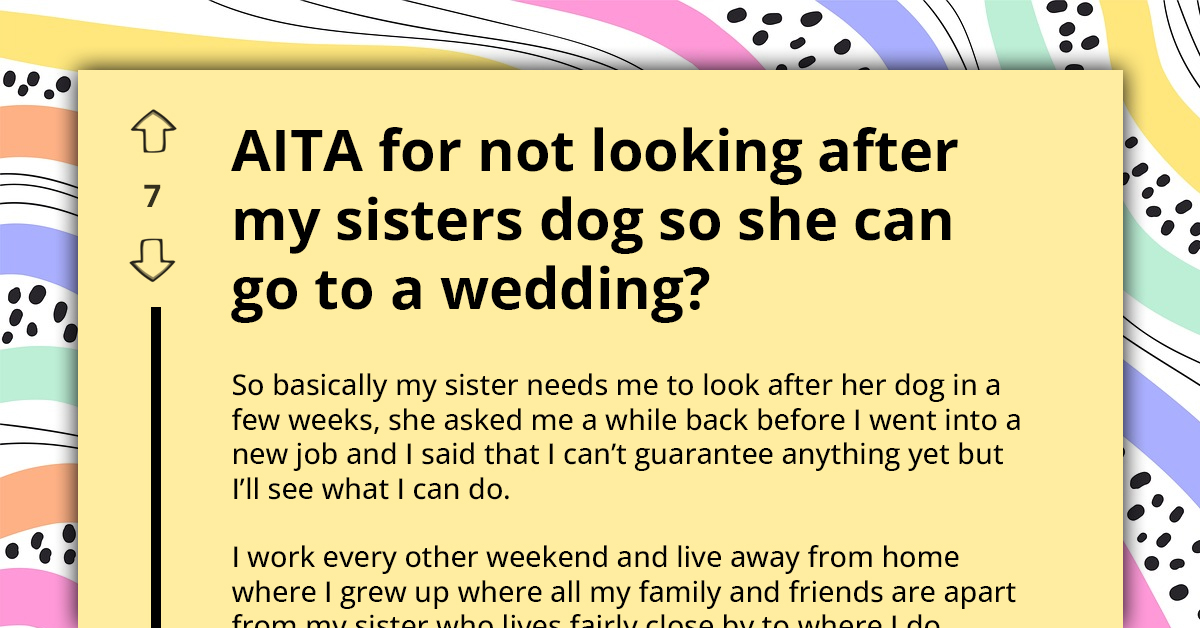Pet Owner Whose Dog Snapped At A Child Wonders If He's Wrong For Telling Off A Mother For Failing To Keep An Eye On Her Daughter
For pet owners and their canines, dog parks are a paradise. Such places provide these animals with a safe environment for socializing and playing with their fellow dogs and other pet owners.
However, an enjoyable visit to the dog park can easily turn into a nightmare when a dog bites or attacks other people, especially children. Since most of these places don't necessarily require owners to leash their dogs, they might fail to control their pets when they become aggressive in an instant.
In some states in the US, victims of dog attacks are entitled to compensation to cover the fees for treating their injuries and other related costs, regardless of whether the incident occurred in a dog park.
Even though signs are posted in dog parks, this does not mean that the dog owner won't be liable for the attack. Therefore, as dog owners, it's crucial to be in control of your pet at all times, understand the rules set in these facilities, and keep your dog's rabies vaccinations updated.
In this post, we're going to look at a pet owner who sought the opinion of Redditors regarding an incident that involved his dog and a child. Let's find out how users reacted to the situation as well.
A dog owner shares his experience at a dog park.

Apparently, he isn't alone in facing the issue.
It's a problem faced by other dog owners as well.
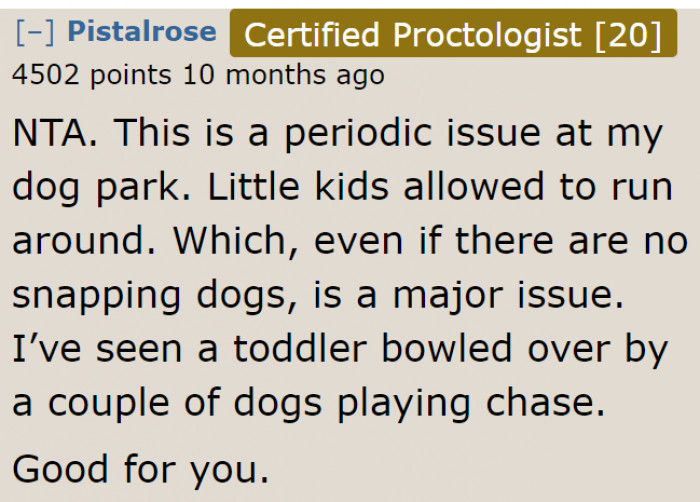
Some dog parks have blatant rules.
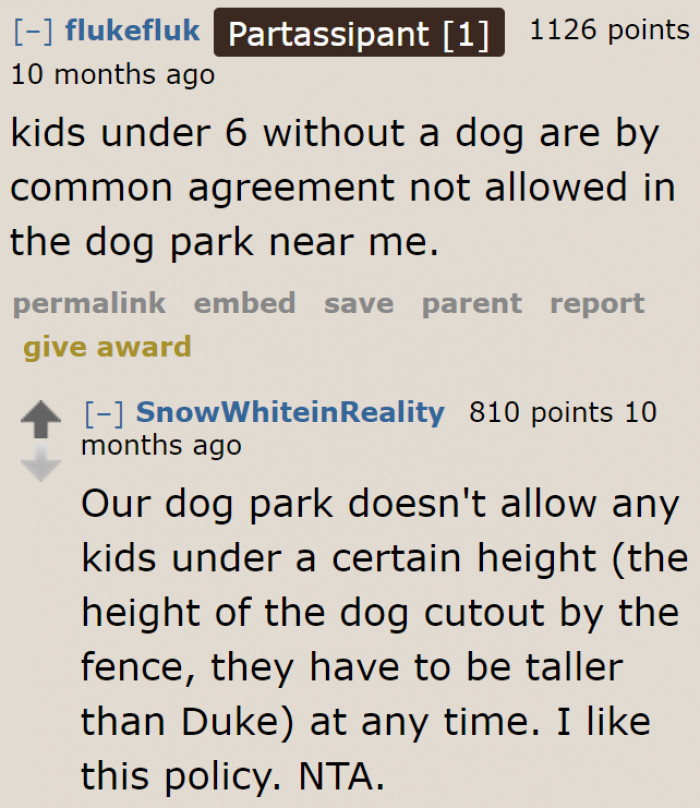
Understanding Aggression in Pets
The incident concerning the dog snapping at a child raises critical questions about animal behavior and the underlying reasons for aggression. Dr. Susan Friedman, a behavior analyst, emphasizes that aggression in pets often stems from fear or discomfort rather than inherent hostility. Research indicates that when animals feel threatened, their instinctive response may be to defend themselves, leading to aggressive actions.
According to a study in the Journal of Animal Behavior, understanding the triggers for aggression is crucial for effective intervention and prevention strategies.
Understanding Canine Aggression Triggers
Behavioral studies show that dogs can exhibit aggressive behaviors when they feel threatened, particularly by children who may not understand their boundaries.
Dr. Sophia Yin, a veterinarian and animal behaviorist, emphasizes that dogs communicate discomfort through body language, and recognizing these signals is crucial for preventing aggression.
This highlights the need for education around proper child-dog interactions.
Every dog park will have rules about letting children play in the dog park.
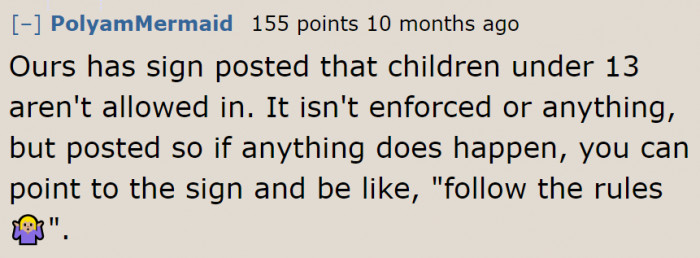
This is actually a good idea.
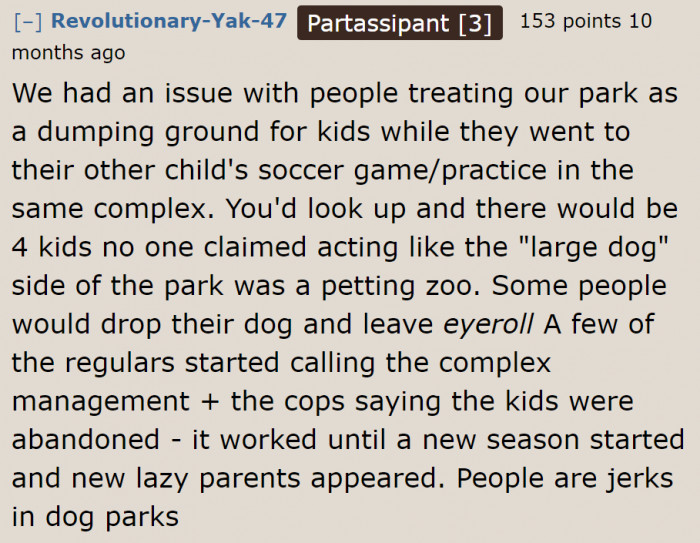
Dog parks aren't zoos for kids.

This situation also underscores the importance of supervision when children interact with pets. Psychologists highlight that children's behavior can sometimes provoke unintended reactions from animals. A child's unpredictable movements and loud noises can easily startle a pet, leading to defensive responses. As such, educating parents about safe pet interactions is essential.
Research shows that teaching children how to approach and interact with animals gently can help prevent incidents of aggression. This proactive approach fosters a safer environment for both pets and children, reducing the likelihood of injury.
Research published in the Journal of Applied Animal Welfare Science supports the idea that children often misinterpret canine signals, leading to unwanted confrontations.
Educating both dog owners and parents about safe interactions can significantly reduce incidents of aggression.
This proactive approach is essential for creating a safer environment for both children and dogs.
Parents should just bring children to places where their kids won't be at risk.
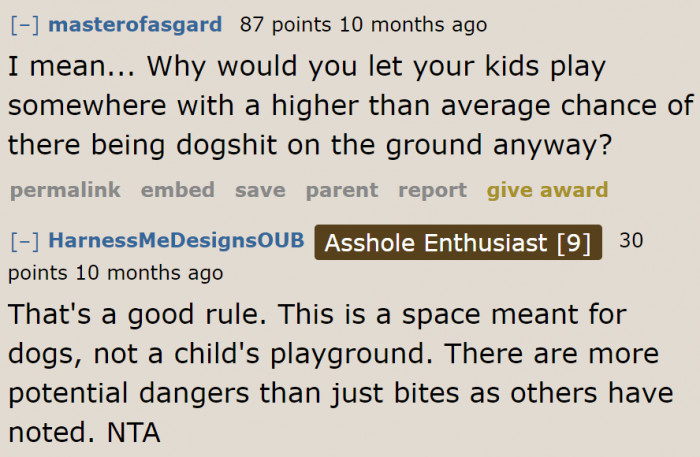
As long as children are with their parents watching the dogs from outside the park, it's okay.

Sadly, even if it's the parents who break the rules, it'll still be the responsibility of the owner if their dogs become aggressive.
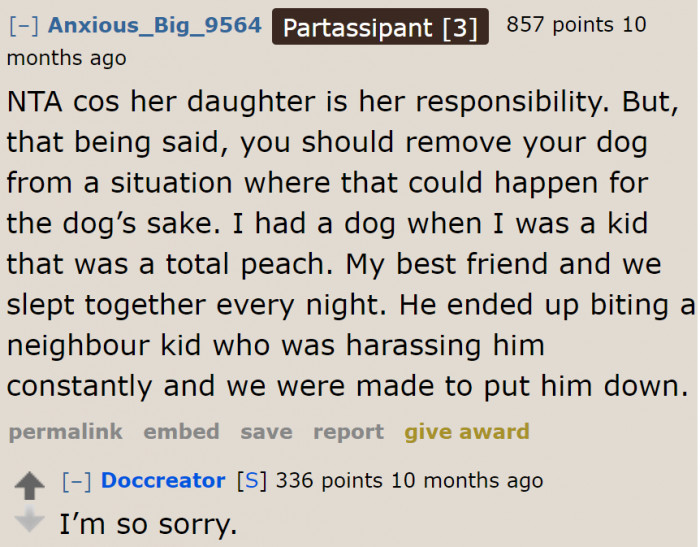
Promoting Safe Interactions Between Pets and Children
To mitigate the risk of aggressive incidents, creating structured environments for interactions between pets and children is vital. Implementing guidelines for supervision during playtime can significantly reduce the chances of misunderstandings. Dr. Daniel Goleman, an emotional intelligence expert, emphasizes, "Teaching families about safe pet practices is essential for fostering positive interactions and preventing incidents" on his website danielgoleman.info. Establishing clear boundaries about how children should interact with pets can further enhance safety. For instance, Dr. Tina Payne Bryson, a child development expert, notes, "It's important to teach kids to approach pets calmly and to respect their space, which cultivates trust and mutual respect," as stated on her site tinabryson.com.
Effective Strategies for Pet Owners
For pet owners, teaching children how to interact with dogs safely is paramount.
Establishing clear rules around approaching and playing with dogs can help children learn respect for their boundaries.
Additionally, providing a designated safe space for pets to retreat to when they feel overwhelmed can mitigate aggression risks.
The original poster (OP) needs to check his local laws.
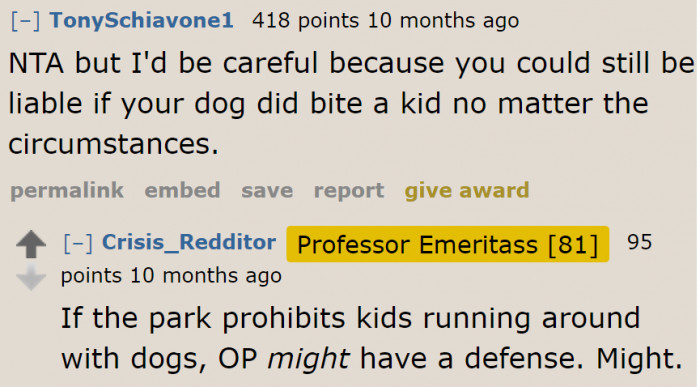
Although most people agree that the OP isn't in the wrong, some believe that both parties had faults.
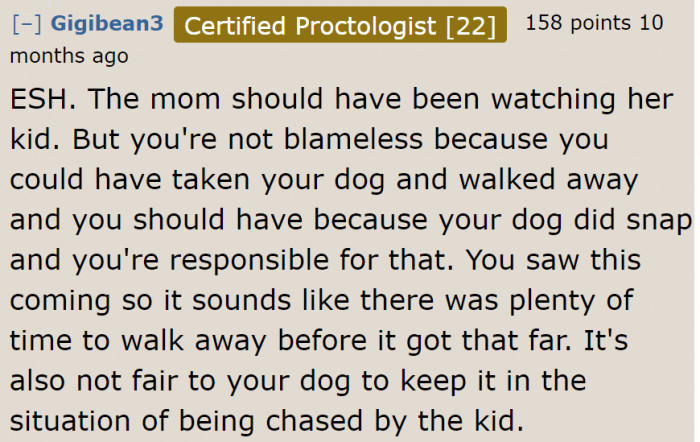
At least, he's now aware that his dog can potentially be dangerous.

Moreover, providing training for pets can help reduce aggressive tendencies. Behavior modification techniques, such as desensitization and positive reinforcement, can be effective in managing fear-based aggression. A study by Dr. Ian Dunbar, a leading animal behaviorist, supports this approach, showing that well-trained pets are less likely to exhibit aggressive behaviors.
By prioritizing training and socialization, pet owners can foster an environment of safety and understanding, ensuring that interactions with children remain positive.
Engaging in training sessions that involve both the dog and children can also enhance understanding and reduce fear.
Family-based training programs can foster a sense of teamwork and responsibility, promoting a safe and respectful environment for everyone.
Ultimately, proactive education is key to preventing incidents and fostering healthy relationships.
It's always best to be in control of the dog when playing outdoors.
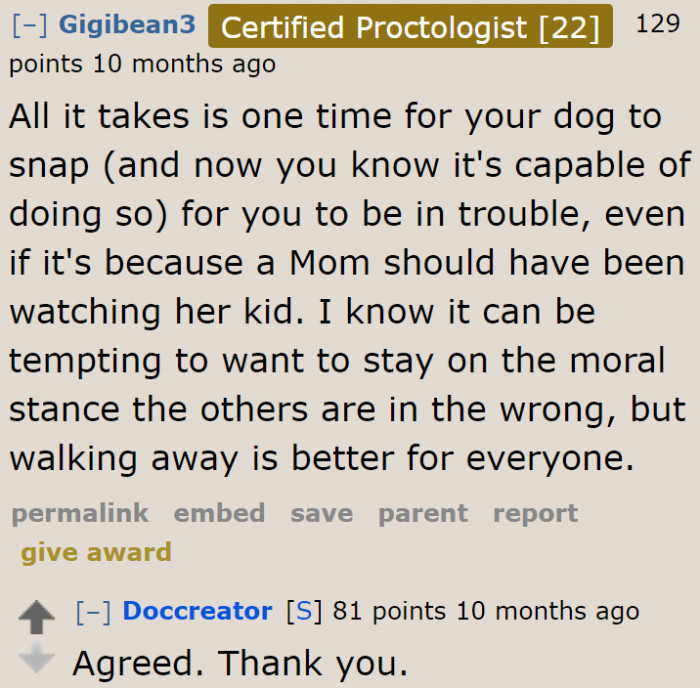
What a nice suggestion!
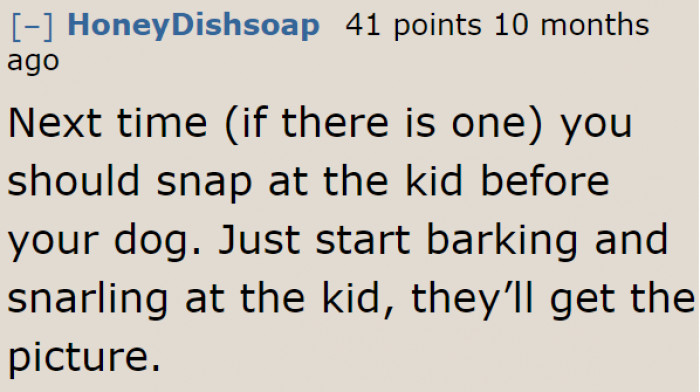
Fellow dog owner patting the OP on the back

Even if the OP is in the right, it's always better to be on the safe side so that he can protect his dog.
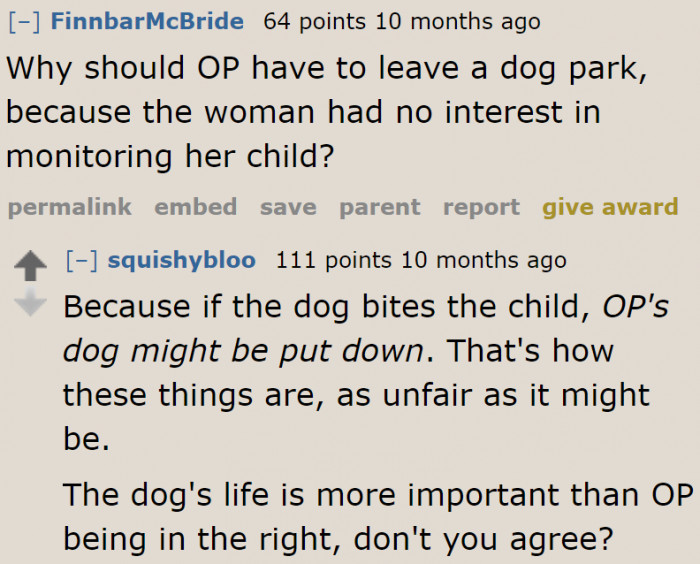
Some moms can be irresponsible.
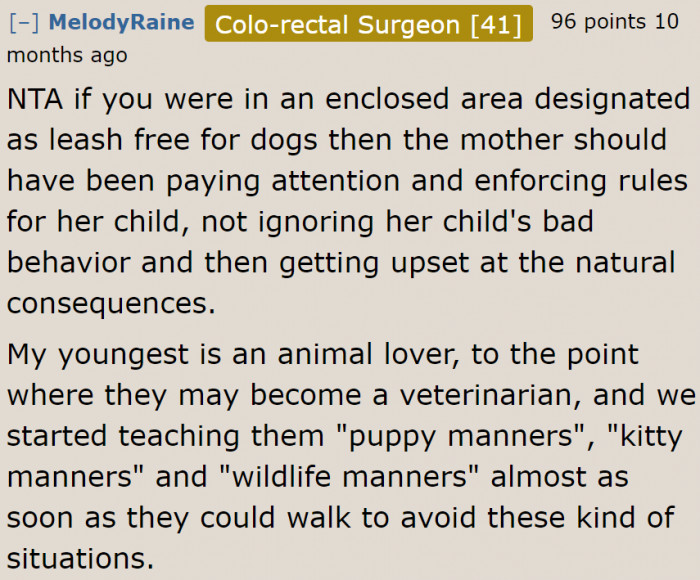
Dogs are being put down because of irresponsible parents.
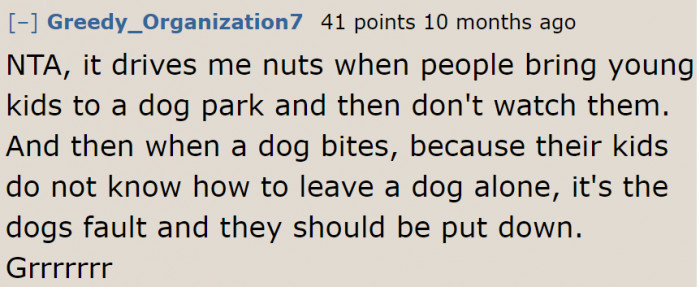
Both sides have responsibilities.
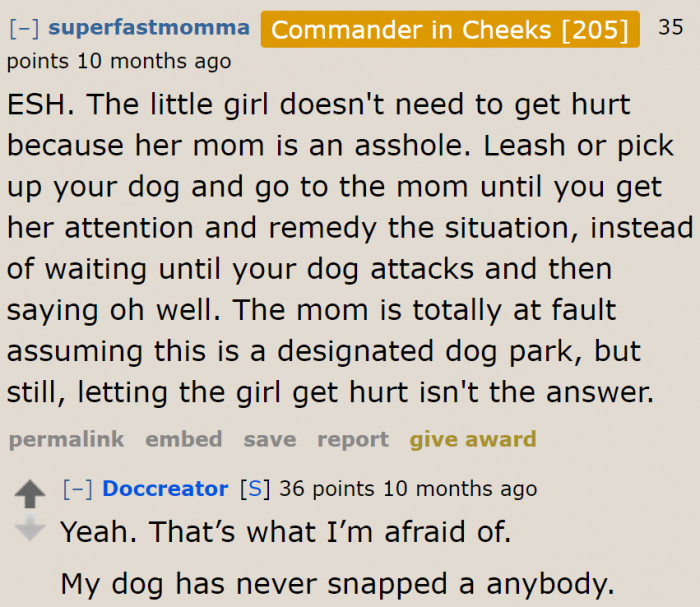
A legit objective opinion.
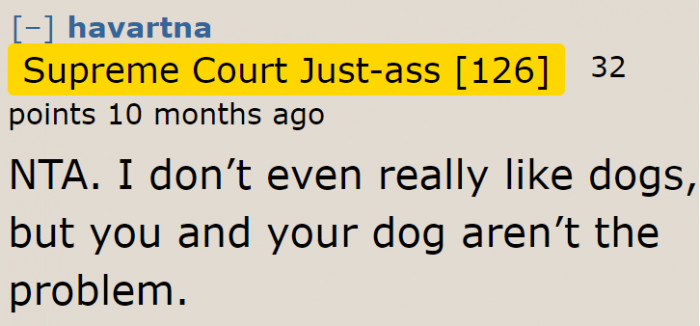
The mom needs to watch her child, and the OP needs to keep his dog from getting aggressive.
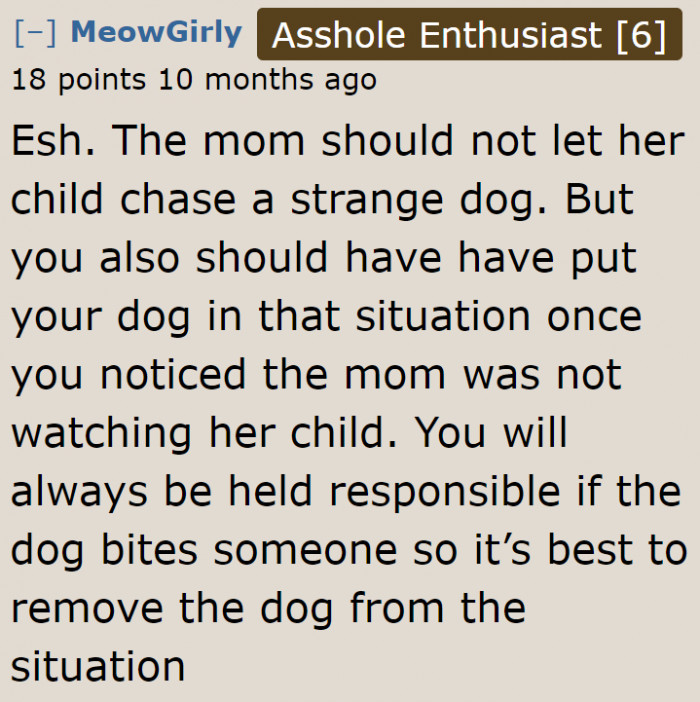
We all adore our canine companions. A dog is, after all, a man's best friend.
However, our dogs occasionally misbehave or, worse, harm other people. A dog bite is a serious case for which we are ultimately responsible as dog owners.
We hope this mom will take her daughter to another place and actually keep an eye on her, and that the dog owner doesn't encounter such a bad experience again.
Psychological Analysis
This situation illustrates the delicate balance between child safety and pet ownership.
It's essential for pet owners to actively educate their children about safe interactions with dogs to prevent misunderstandings and potential aggression.
Analysis generated by AI
Analysis & Alternative Approaches
Understanding the triggers of canine aggression is essential for ensuring the safety of both pets and children.
Research consistently emphasizes the importance of education and proactive communication in fostering harmonious interactions.
By implementing these strategies, families can create a safer environment for everyone involved.
Analysis & Alternative Approaches
This incident highlights the critical need for understanding animal behavior and the factors that contribute to aggression. Mental health professionals advocate for proactive education and training to foster safe interactions between pets and children.
By emphasizing supervision and responsible pet ownership, families can create a harmonious living environment where both pets and children thrive.


